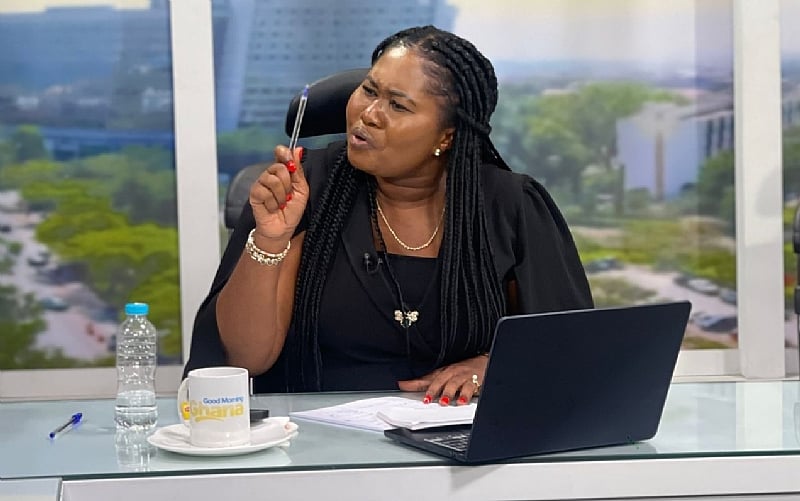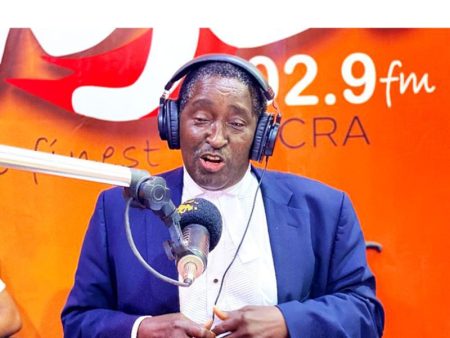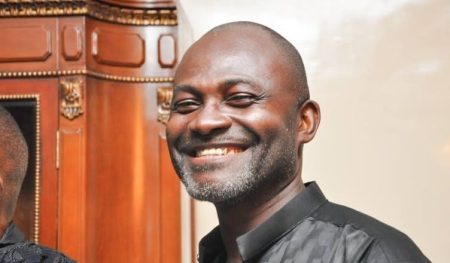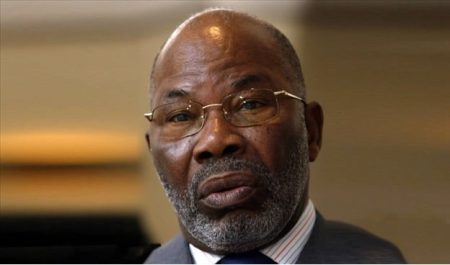The controversy surrounding a viral video depicting Sammy Gyamfi, the Acting Chief Executive Officer of the Ghana Gold Board and National Communications Officer of the National Democratic Congress (NDC), handing money to self-proclaimed evangelist Patricia Asiedu, popularly known as Agradaa, has sparked public debate and criticism. While the act has been widely interpreted as a display of wealth, Beatrice Annan, a Presidential Staffer, has offered a different perspective, arguing that Gyamfi was pressured into the situation and did not intend to flaunt his money.
Annan contends that Agradaa was harassing Gyamfi for money, and the video clearly shows her snatching the cash from him before he could fully hand it over. This interpretation portrays Gyamfi as a victim of circumstance rather than a willing participant in a public display of affluence. Annan further commends Gyamfi’s subsequent apology, highlighting it as a rare display of maturity and accountability from a public official. She emphasizes that Gyamfi’s willingness to admit his indiscretion should be acknowledged and that further criticism is unnecessary.
The incident has generated significant backlash, particularly from within Gyamfi’s own party. Many view the act as insensitive and unbecoming of a public figure, especially given the current economic climate and the struggles faced by ordinary Ghanaians. The optics of a high-ranking NDC official handing money to a controversial figure like Agradaa, a former fetish priestess, have undoubtedly fueled the negative reactions. The incident has raised questions about Gyamfi’s judgment and the potential implications for the NDC’s image.
In response to the widespread condemnation, Gyamfi issued a public apology, expressing remorse for his “unfortunate act of indiscretion.” He acknowledged the hurt caused to his colleagues and supporters and emphasized his respect for their concerns. The apology, however, has done little to quell the controversy, with many still questioning the circumstances surrounding the incident and the motivations behind Gyamfi’s actions. The incident has sparked discussions about the responsibilities of public officials and the importance of maintaining ethical conduct, especially in the public eye.
The differing interpretations of the video highlight the complexities of the situation. While Annan’s defense presents Gyamfi as a victim of Agradaa’s persistence, the broader public perception remains largely critical. The incident underscores the power of social media in shaping public opinion and the potential consequences of actions caught on camera. The speed at which the video circulated and the subsequent public outcry demonstrate the increasing scrutiny faced by public figures in the digital age. The incident serves as a reminder of the importance of maintaining a positive public image and the potential damage caused by even seemingly minor indiscretions.
This incident involving Sammy Gyamfi and Agradaa provides a glimpse into the dynamics of public perception, political image management, and the challenges faced by public officials in navigating the complexities of contemporary society. The varying interpretations of the video, the subsequent public outcry, and Gyamfi’s apology all contribute to a broader conversation about accountability, ethical conduct, and the responsibilities of those in positions of power. The incident also highlights the influence of social media in amplifying public discourse and shaping political narratives. It serves as a cautionary tale for public figures about the potential consequences of even seemingly minor actions and the importance of maintaining transparency and integrity in public life.














